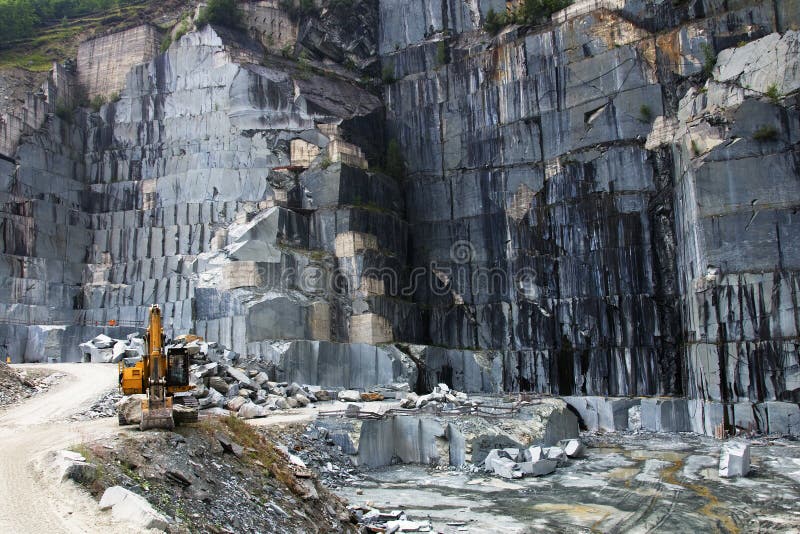Discovering the Beauty of Granite Quarry in South Africa Wonders
Revealing the Mysteries of Granite Quarrying: Where Toughness and Elegance Meet
The world of granite quarrying is a world where the raw toughness of nature converges with human artistry to produce frameworks that stand the examination of time with an air of style. From the depths of quarries to the meticulous polishing in workshops, the process of changing granite right into building wonders is a complex dance of practice and innovation. As we peer into the depths of this ancient craft, we begin to discover the concealed details that form the really significance of our built environment.
The Origins of Granite Quarrying
In the annals of architectural history, the beginnings of granite quarrying are shrouded in a tapestry of old workmanship and geological wonders. Going back to old Egypt and Mesopotamia, the removal of granite from quarries noted the beginning of a journey that would at some point result in the development of some of the world's most iconic structures.
Granite quarrying's origins can be traced to the proficient artisans who identified the rock's longevity and aesthetic charm. With a combination of primitive tools and large determination, these very early quarry employees uncovered granite blocks that would certainly end up being the building blocks of people.
As worlds developed, so did the techniques of quarrying granite. The Romans, renowned for their engineering expertise, established sophisticated methods for removing granite to create monuments, temples, and roadways that stood the examination of time.
The tradition of these ancient quarrying techniques remains to shape modern-day design, with granite staying a symbol of toughness and sophistication in construction projects around the world. (granite quarries in south africa)
Tools of the Quarrying Profession
The advancement of granite quarrying methods from old people to contemporary times highlights the crucial role played by the devices of the quarrying sell forming the industry's techniques. In ancient times, quarrying devices were primary, typically consisting of knives, hammers, and wedges made from materials like bronze or iron. These devices required substantial manpower and time to remove granite blocks from quarries.

In addition, the intro of pneumatically-driven devices and high-powered machinery has considerably decreased the physical labor required in quarrying operations, enhancing employee safety and security and performance. As the quarrying market proceeds to innovate, the tools of the trade continue to be at the center of driving progression and shaping the future of granite extraction.
Extracting Blocks of Granite
Making use of precision equipment and advanced techniques, the removal of granite obstructs from quarries has actually ended up being an innovative process in the modern quarrying market. Controlled blowing up techniques are then used to break apart the granite right into workable areas.

Sprucing Up and Completing Techniques
To attain a flawless surface on granite blocks, knowledgeable artisans utilize a series of precise sprucing up and finishing methods. After the first removal and shaping procedures, the granite obstructs undergo an extensive sprucing up phase to enhance their natural elegance and resilience.
In addition to polishing, finishing techniques are used to more fine-tune the granite's appearance. By thoroughly choosing and applying these brightening and ending up methods, artisans additional reading can transform raw granite blocks right into elegant items that showcase both strength and elegance.

Environmental Influence and Sustainability
With the growing emphasis on environmental awareness in the sector, granite quarrying techniques are increasingly scrutinized for their impact on natural resources and long-lasting sustainability. Furthermore, the transport of granite from quarries to refining facilities creates carbon discharges, better contributing to ecological degradation.
To minimize these effects and ensure sustainability in granite quarrying, sector stakeholders are embracing various measures. Implementing advanced technologies to minimize energy intake and water use, redeeming quarried land for eco-friendly reconstruction, and advertising liable my website sourcing techniques are some approaches being used. In addition, qualifications such as the Woodland Stewardship Council (FSC) and the Leadership in Energy and Environmental Design (LEED) aid customers determine ecologically friendly granite products.
Conclusion
In verdict, granite quarrying is a process that calls for specialized tools and techniques to essence blocks of granite and polish them to a high degree of finish. While the ecological impact of quarrying can be substantial, efforts are being made to boost sustainability practices in the sector. In general, granite quarrying is a fragile balance in between harnessing the toughness and elegance of this all-natural rock while lessening its influence on the atmosphere.